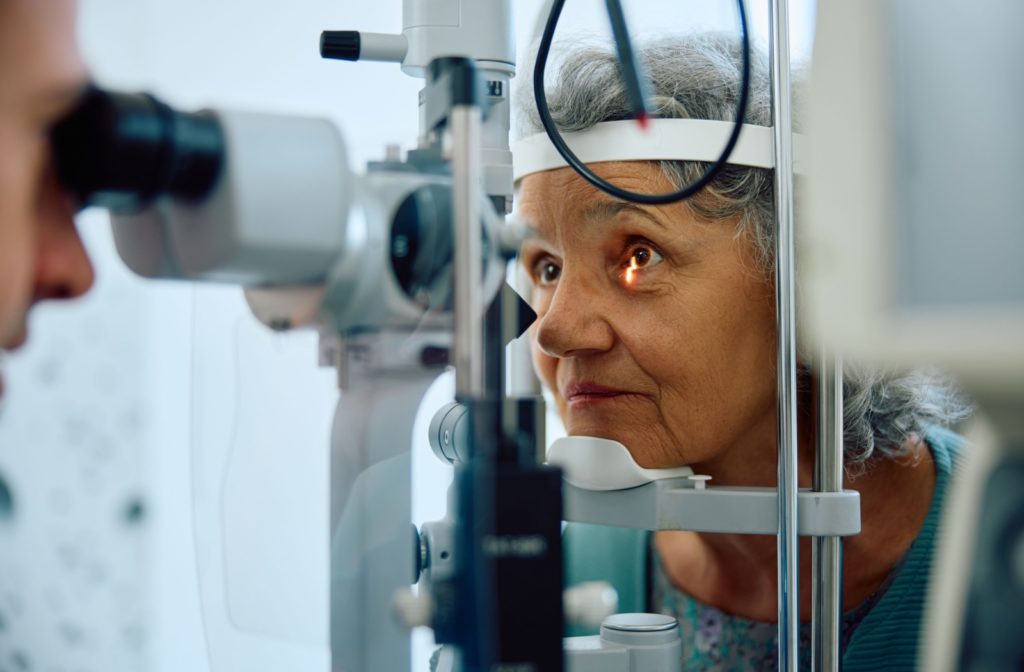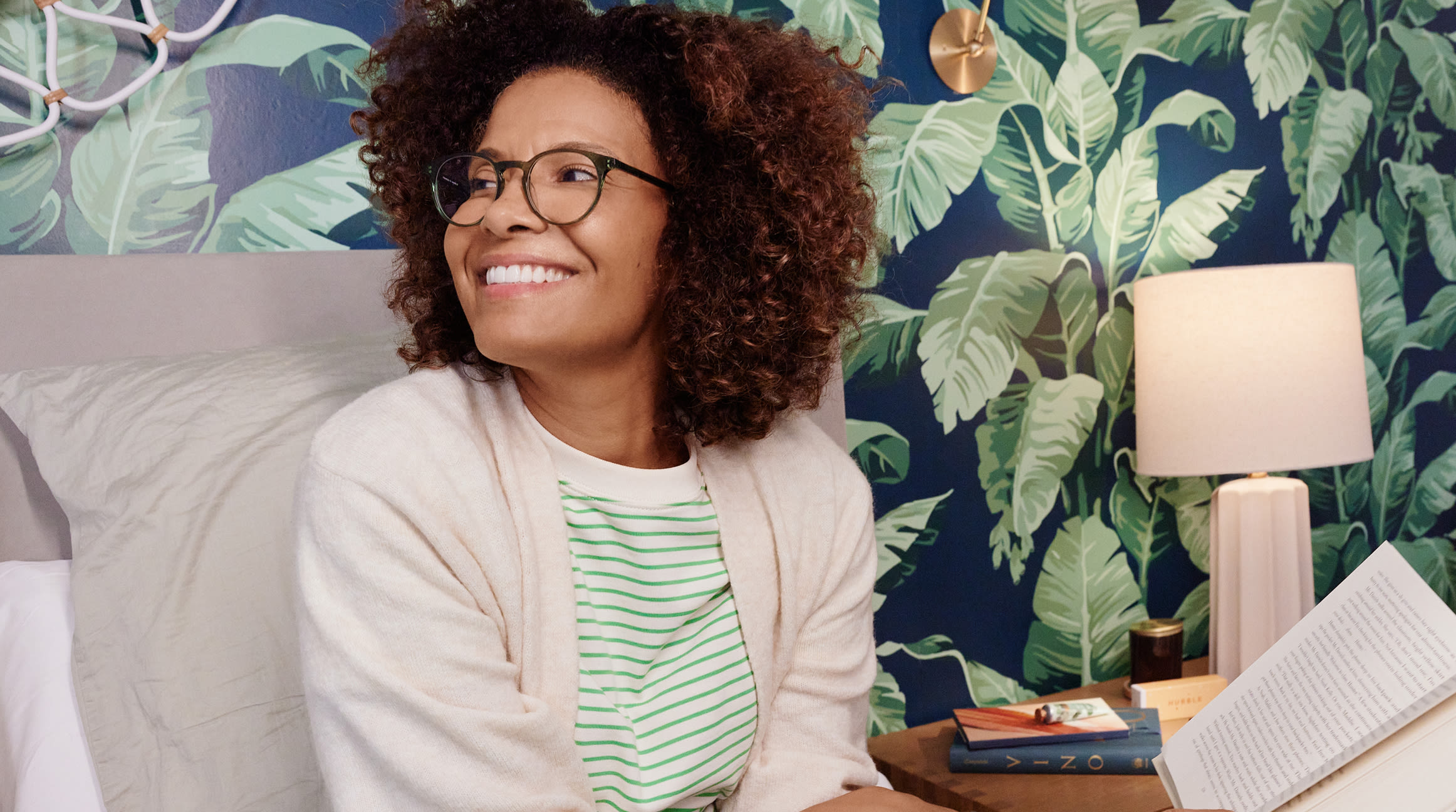All Categories
Featured
Reduced vision, a problem where traditional glasses, contact lenses, or surgical treatment can not fully bring back sight, can make day-to-day tasks challenging. Luckily, reduced vision rehab provides a series of resources to aid individuals keep their self-reliance and top quality of life. This short article discovers the choices offered for those looking for support in managing their aesthetic impairments.
What Is Low Vision Rehab?
Reduced vision recovery is a structured technique to assist people maximize their continuing to be vision and adjust to brand-new means of carrying out everyday tasks. Professionals work with people to create personalized methods, incorporating tools, techniques, and training programs that fit their unique demands.
![]()
Key Options for Reduced Vision Rehab
Vision Enhancing Gadget
Optical Aids: Devices like magnifiers, telescopic glasses, and unique reading lenses can boost clearness for analysis, creating, and other close-up activities.
Electronic Aesthetic Help: Devices such as electronic magnifiers and mobile video magnifiers supply flexible zoom capacities for numerous jobs.
Wearable Modern technology: Smart glasses equipped with video cameras and voice feedback deal cutting-edge solutions for improving vision.
![]()
Assistive Technology
Display readers, text-to-speech applications, and gadgets with voice commands make modern technology easily accessible for individuals with reduced vision.
Smartphone applications, such as navigating help and object recognition tools, help users connect with their environments extra successfully.
Training and Therapy
Alignment and Wheelchair Training: Experts show skills for navigating rooms safely, consisting of the usage of white walking canes or overview canines.
Daily Living Skills Educating: Rehabilitation programs offer techniques for food preparation, cleaning, and individual treatment, guaranteeing that people can do essential tasks separately.
Aesthetic Abilities Training: Workouts developed to optimize using staying field of vision can enhance aesthetic functionality.
Ecological Adjustments
Adjustments to living or work areas can dramatically boost accessibility. Examples include:
Setting up brighter lighting.
Adding high-contrast markings to home appliances.
Organizing furnishings to develop clear paths.
Assistance Networks
Psychological and emotional support is an essential component of rehab. Assistance teams, therapy sessions, and counseling services can help individuals deal with the difficulties of vision loss.
![]()
Peer networks attach people with comparable experiences, promoting a sense of community and shared knowing.
Just How to Access Low Vision Rehabilitation Solutions
Reduced vision rehab services are commonly given by:
Reduced Vision Clinics: Operated by ophthalmologists and optometrists concentrating on vision problems.
Work-related Therapists: Experts in adapting environments and tasks to fit private needs.
Not-for-profit Organizations: Groups such as the American Structure for the Blind (AFB) or local loss of sight support organizations use valuable resources and referrals.
Final Thought
Reduced vision rehab provides a selection of resources customized to boost performance, increase confidence, and boost high quality of life. If you or a loved one is dealing with the difficulties of low vision, think about reaching out to an expert or rehab facility to discover the several choices available.
What Is Low Vision Rehab?
Reduced vision recovery is a structured technique to assist people maximize their continuing to be vision and adjust to brand-new means of carrying out everyday tasks. Professionals work with people to create personalized methods, incorporating tools, techniques, and training programs that fit their unique demands.

Key Options for Reduced Vision Rehab
Vision Enhancing Gadget
Optical Aids: Devices like magnifiers, telescopic glasses, and unique reading lenses can boost clearness for analysis, creating, and other close-up activities.
Electronic Aesthetic Help: Devices such as electronic magnifiers and mobile video magnifiers supply flexible zoom capacities for numerous jobs.
Wearable Modern technology: Smart glasses equipped with video cameras and voice feedback deal cutting-edge solutions for improving vision.

Assistive Technology
Display readers, text-to-speech applications, and gadgets with voice commands make modern technology easily accessible for individuals with reduced vision.
Smartphone applications, such as navigating help and object recognition tools, help users connect with their environments extra successfully.
Training and Therapy
Alignment and Wheelchair Training: Experts show skills for navigating rooms safely, consisting of the usage of white walking canes or overview canines.
Daily Living Skills Educating: Rehabilitation programs offer techniques for food preparation, cleaning, and individual treatment, guaranteeing that people can do essential tasks separately.
Aesthetic Abilities Training: Workouts developed to optimize using staying field of vision can enhance aesthetic functionality.
Ecological Adjustments
Adjustments to living or work areas can dramatically boost accessibility. Examples include:
Setting up brighter lighting.
Adding high-contrast markings to home appliances.
Organizing furnishings to develop clear paths.
Assistance Networks
Psychological and emotional support is an essential component of rehab. Assistance teams, therapy sessions, and counseling services can help individuals deal with the difficulties of vision loss.

Peer networks attach people with comparable experiences, promoting a sense of community and shared knowing.
Just How to Access Low Vision Rehabilitation Solutions
Reduced vision rehab services are commonly given by:
Reduced Vision Clinics: Operated by ophthalmologists and optometrists concentrating on vision problems.
Work-related Therapists: Experts in adapting environments and tasks to fit private needs.
Not-for-profit Organizations: Groups such as the American Structure for the Blind (AFB) or local loss of sight support organizations use valuable resources and referrals.
Final Thought
Reduced vision rehab provides a selection of resources customized to boost performance, increase confidence, and boost high quality of life. If you or a loved one is dealing with the difficulties of low vision, think about reaching out to an expert or rehab facility to discover the several choices available.
Latest Posts
Raise Any Kind Of Space with Fashionable, High-Quality Location Rugs
Published Apr 20, 25
1 min read
Modern Washroom Solutions for Every Detroit Home
Published Apr 20, 25
1 min read
Why Metro Detroit Homeowners Trust Fund Bath Fitter for Bathroom Improvement
Published Apr 20, 25
1 min read
More
Latest Posts
Raise Any Kind Of Space with Fashionable, High-Quality Location Rugs
Published Apr 20, 25
1 min read
Modern Washroom Solutions for Every Detroit Home
Published Apr 20, 25
1 min read
Why Metro Detroit Homeowners Trust Fund Bath Fitter for Bathroom Improvement
Published Apr 20, 25
1 min read